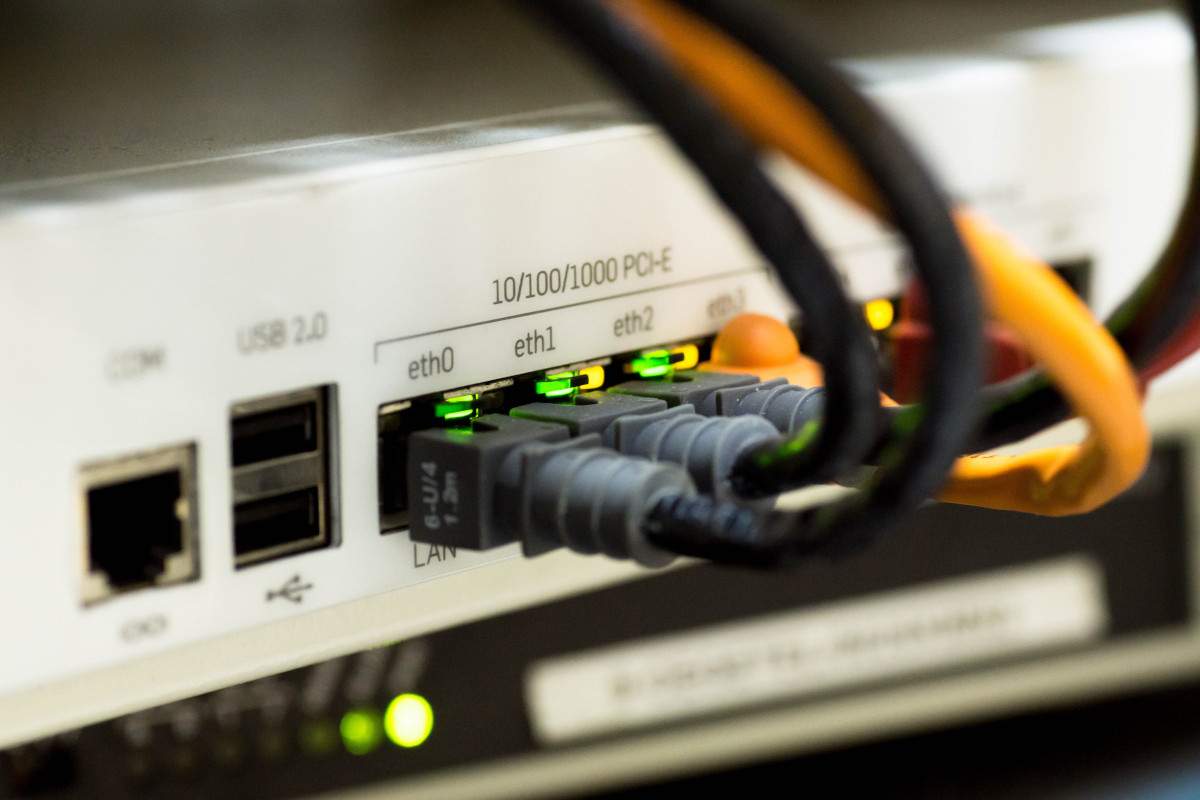Web 3.0, for some it is still an unknown and meaningless term. On the other hand, there is also an increasingly large group that absolutely applauds this new, third generation of the Internet.
In a previous blog, we have already provided a brief explanation of what
Web 3.0
is. In this blog, we talk more about exactly what Web 3.0 is, how it works and why this new generation does offer solutions to the problems of today’s Internet.
What exactly is Web 3.0?
Web 3.0, simply put, is the Internet of us all. At least, that is the aspiration. Decentralization of the storage and use of our data is the most important aspect of Web 3.0. Indeed, in today’s Internet as we know it, aka Web 2.0, this is not the case. In this, the big tech companies like Google and Meta (formerly Facebook) largely manage our online data.
The interactive use of the Internet as we know it today was previously met with great enthusiasm. Perfectly logical of course, as it is very entertaining to share fun and important moments of your life and to be able to follow those of friends. Latest are sharing comic videos and memes.
However, one drawback of this is that we as users, with all our data, have ourselves become the most important product of today’s Internet. In the process, the big tech companies have gained more power over our Internet use than we previously envisioned. This, then, is precisely the pain point that a decentralized version of the Internet, in the form of Web 3.0, offers a solution to.
But, how does Web 3.0 actually work? To explain this, we first briefly explain how the current Internet, also known as Web 2.0, works.
How the current internet works
The Internet is an environment that is constantly evolving. In the early days, the Internet was primarily a static medium where people could look up information but not publish or share it. On the contrary, today’s Internet is characterized as a global network consisting mainly of our own data and content.
Thus, although today’s Internet is available for everyone to use worldwide, our data is managed by a small group of companies and social platforms. The services these companies offer are obviously very valuable, but for this to work well, our data is indispensable.
After all, a search engine like Google works best when it has all the information. In addition, you get to see your favorite content on social media thanks to algorithms that function optimally based on our data. The ads we see also benefit greatly from our online browsing habits. Cookies are a good example of this.
How does Web 3.0 work?
So today’s Internet in the form of Web 2.0 consists of a centralized data store, so to speak. This centralized management ensures that the data no longer belongs to the users themselves. In the case of Web 3.0, the data is again managed by the users themselves, thanks to decentralization using blockchain technology.
Where our data is currently managed and hosted on a local server, in the case of Web 3.0 it resides on a blockchain. The major difference between a local server and a blockchain is that a blockchain consists of thousands of different computers, while a server is hosted from one central computer.
Blockchain technology offers many advantages in this regard. Thus, a blockchain does not suffer from failures or downtime. Moreover, it no longer requires a third party to manage data or perform transactions.
Web 3.0 applications look basically the same on the front end as what we are used to with Web 2.0. Applications or websites have the same frontend, but the major changes are found in the backend. This is because it is built on a blockchain and not on a centrally hosted server.
What can you do with Web 3.0?
Web 3.0 will allow us to regain control of our own online data. This eliminates the need to have separate accounts for each website or app; instead, you can manage everything from a single digital identity. Because of the security that blockchain technology guarantees, this can also be thought of as your own digital vault, where you control what information you do or do not share.
Reddit, the world’s largest Internet forum, is already experimenting with such Web 3.0 applications. For example, on a Web 3.0 section developed separately for this purpose, users can earn tokens by posting. If these posts get many upvotes (likes), the tokens increase. Conversely, the number of tokens decreases when a post receives many downvotes. In this way, users are rewarded for their contribution to the forum.
Interested in the applications and possibilities of Web 3.0
Another example of interest in the application of Web 3.0 in practice is Twitter’s new project, Bluesky. The goal is to develop a decentralized social media protocol, on which multiple social media channels can be built and also communicate with each other without a central management. The idea is that social media channels as we know them today will be established as applications on this decentralized protocol.
In addition to Twitter, other big names such as Meta (formerly Facebook) and Spotify have also announced plans regarding developments around Web 3.0. For example, Meta announced NFTs to be introduced on Instagram. In addition, Spotify has a vacancy made available for a “Senior Backend Engineer” to “discover the growth opportunity of new technologies such as Web 3.0.
Getting started yourself with Web 3.0 applications for your business
That there is indeed an interest from large companies in the possibilities and applications of Web 3.0 is thus evident.
Wondering what Web 3.0 opportunities are available for your business? Or do you have questions about this new, promising generation of the Internet? If so, please feel free to take contact with us!





